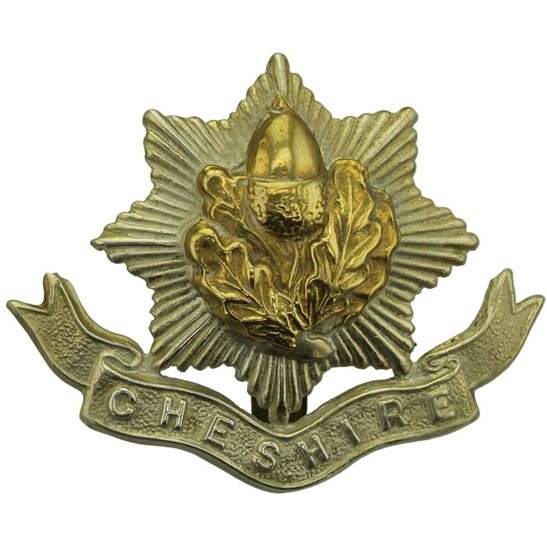Personal Details
Born: 3 August 1889 in Whitchurch, Shropshire and baptised in St. Alkmund`s Parish Church on 21 August the same year.
Family: He was the third of ten surviving children born to Edward Suker, a cattle dealer, and his wife Elizabeth, nee Williams. He married Florence Rachel Bumstead on 12 October 1918 at St. Alkmund`s Parish Church. Their daughter, Gladys was born in 1920 in Nantwich, Cheshire.
Residence: At the time of his baptism Herbert`s family were living at 7 Castle Hill, Whitchurch, but two years later they had moved to 2 Claypit Street, Whitchurch. By 1901 the family`s address was 3 Venables Yard, Whitchurch. In 1911 Herbert was a boarder at Brazenhead Cottage, Bottom Lane, Sulhamstead, Reading, Berkshire. The 1939 Register showed Herbert living at Lanergost, 18 Wistaston Road, Nantwich, Cheshire. He continued to live here until his death in 1946.
Employment: In 1911 his occupation was described as a galvanised shed fixer, but by 1939 he was a railway porter.
Died: 1946 in Willaston, Nantwich, Cheshire and buried at Whitchurch Cemetery on 17 August, aged 57.
Military Details
Regiment: Cheshire Regiment
Rank: Private
Service Number: 291232 (previously 3817)
Date of Enlistment: Not known
Date of Discharge: Not known
Reason for Discharge: Not known
Other Information: His brother Charles also served in WW1.
Herbert was awarded the Campaign Medals (British War Medal and Victory Medal)

The British War Medal (also known as 'Squeak') was a silver or bronze medal awarded to officers and men of the British and Imperial Forces who either entered a theatre of war or entered service overseas between 5th August 1914 and 11th November 1918 inclusive. This was later extended to services in Russia, Siberia and some other areas in 1919 and 1920. Approximately 6.5 million British War Medals were issued. Approximately 6.4 million of these were the silver versions of this medal. Around 110,000 of a bronze version were issued mainly to Chinese, Maltese and Indian Labour Corps. The front (obv or obverse) of the medal depicts the head of George V. The recipient's service number, rank, name and unit was impressed on the rim.
The Allied Victory Medal (also known as 'Wilfred') was issued by each of the allies. It was decided that each of the allies should each issue their own bronze victory medal with a similar design, similar equivalent wording and identical ribbon. The British medal was designed by W. McMillan. The front depicts a winged classical figure representing victory. Approximately 5.7 million victory medals were issued. Interestingly, eligibility for this medal was more restrictive and not everyone who received the British War Medal ('Squeak') also received the Victory Medal ('Wilfred'). However, in general, all recipients of 'Wilfred' also received 'Squeak' and all recipients of The 1914 Star or The 1914/1915 Star (also known as 'Pip') also received both 'Squeak' and 'Wilfred'. The recipient's service number, rank, name and unit was impressed on the rim.

